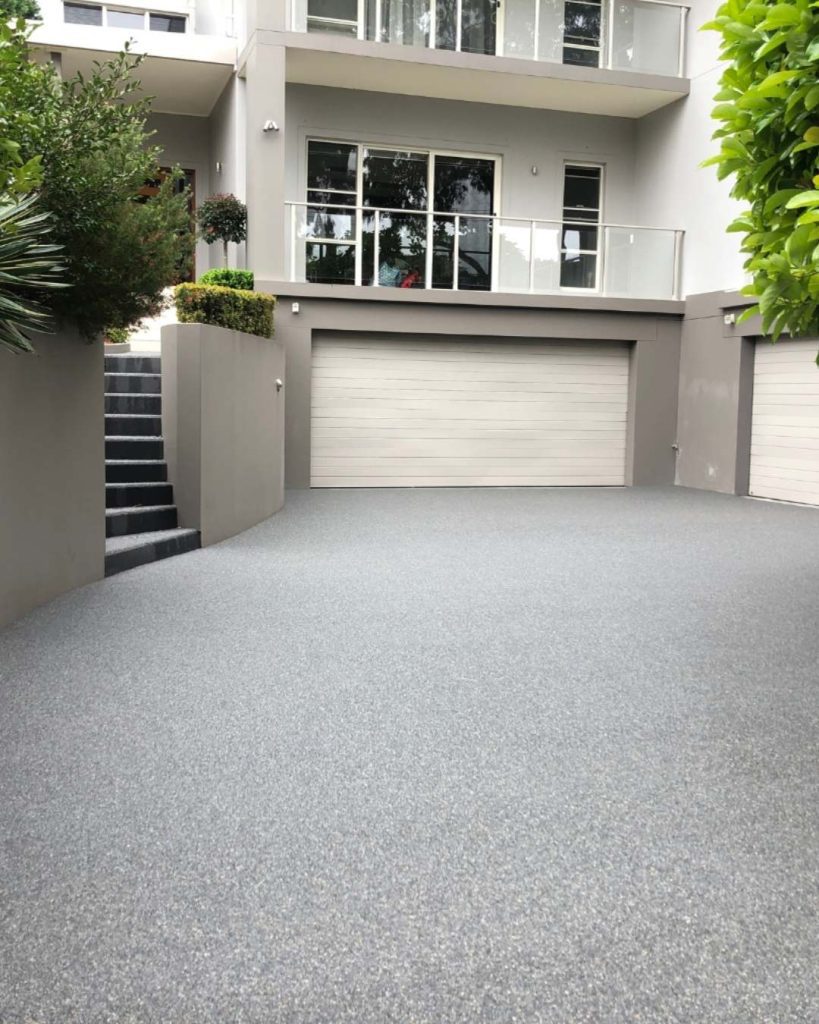STEP 1 – Key planning requirements
To be allowed to build a granny flat it must:
Be established in conjunction with another dwelling (the principal dwelling) – This means you cannot build a granny flat on a vacant block. If you are thinking of building a granny flat to live in while you knockdown & rebuild your house, you need to build your granny flat first.
Be on the same lot of land as the principal dwelling – Granny flats cannot be built in connection with townhouses, strata developments or community title developments.
Comprise one principal dwelling, one secondary dwelling – Subdivision is not permitted.
Be in the following development zones:
- Zone R1 General Residential
- Zone R2 Low Density Residential
- Zone R3 Medium Density Residential
- Zone R4 High Density Residential
- Zone R5 Large Lot Residential (* may require development approval)
Note: Compliance with the above 4 key planning requirements does not guarantee approval of a granny flat on a property, but if your property meets the above 4 key requirements, then you move onto the next stage.
STEP 2 – Specific site requirements
The next step involves the specific characteristics of your block. There are different requirements depending on the size of your block.
Minimum block size
If your property is less than 450 square metres (that is 450sqm), then you will not be able to build a granny flat on the property under current requirements.
Minimum street frontage
In addition to your property being larger than 450sqm, it must have a street frontage not less than 12 metres wide.
If your property has a frontage less than 12 metres wide, then you will not be able to build a granny flat on the property under current requirements.
As the block size gets larger, the requirements for minimum street frontages increase.
If the property is between 900sqm and 1500sqm, the minimum street frontage increases to 15 metres wide.
If the property exceeds 1500sqm, the minimum street frontage increases to 18 metres wide.
A granny flat can be no larger than 60sqm.
Note: The 60sqm allowance is the approximate external dimension to the granny flat. The area inside the granny flat will be less to account for internal and external walls. The thicker the walls (i.e. brickwork), the smaller the area inside your granny flat.
Ascension Living currently offers rectangular granny flats with external dimensions of 10m by 6m or 12m by 5m.
Note: The 60sqm allowance do not include garages, verandas, patios, outbuildings that maybe approved and built in conjunction with your granny flat. This means if your covered patio is 24sqm then your built area could be up to 84sqm in total.
Off street car parking for the granny flat is not essential.
Principal Private Open Space
The granny flat must have an outside entertainment area (ie a patio) that has an area of at least 24sqm, a width of at least 4 metres and must be directly accessible from a living room in the granny flat.
Note: You can add an external porch, deck, carport or garage to your granny flat in addition to your maximum 60m² building footprint.
How does a granny flat affect my floor area ratio?
It is necessary to work out the floor area on your property taking into account the new granny flat. Floor area is calculated by adding the sqm area of your existing home (eg both levels for a two storey house) as well as any garages, carports, patios or awnings together with the proposed granny flat (which will be 60sqm).
The amount of permissible floor area depends on block size. For a property between 450sqm and 600sqm, the maximum floor area (including the new granny flat) is 330sqm. Accordingly, if the existing floor area exceeds 270sqm metres (before the new granny flat), then you will not be able to build a granny flat on the property under current requirements (as your new granny flat will take up 60sqm).



